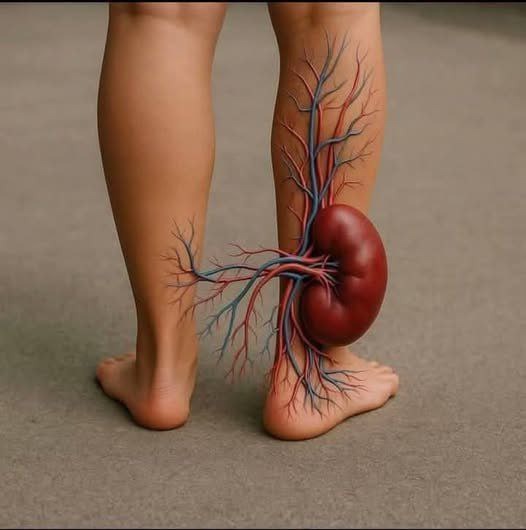Meaning behind the ‘WC’ sign outside bathrooms
**The WC Mystery: Why Toilets Have So Many Names**
Those mysterious “WC” signs on bathroom doors confuse many travelers. The abbreviation simply stands for “water closet” – a term dating back to when toilets were separate from bathing areas. But today, this practical label competes with countless other terms worldwide.
A 2020 TikTok debate highlighted how divisive bathroom terminology can be. When one American questioned why Canadians say “washroom,” commenters erupted with regional preferences – from “loo” to “lavatory.” Some recalled embarrassing mix-ups, like being directed to a laundry room when asking for a washroom.
Historically, “water closet” made perfect sense. In Victorian homes, the WC was a small closet containing just a toilet. Bathrooms were strictly for bathing, while restrooms offered space to freshen up. Only in the early 1900s did combined bathroom-toilets become standard.
The naming confusion continues globally. Russians call it “a room without windows,” while Esperanto speakers say “necesejo” (necessary place). Americans prefer “bathroom” or “restroom,” though neither term is literally accurate. Canadians and Midwesterners often say “washroom” instead.
Reddit users have passionately debated the logic behind these terms. Some argue “washroom” makes most sense since handwashing occurs there. Others note Americans find “water closet” equally puzzling since modern WCs aren’t actual closets.
Despite regional differences, “WC” remains useful internationally. Its simplicity helps travelers identify facilities across language barriers – which explains its common use in airports and hotels worldwide.
Next time you see a WC sign, remember you’re looking at a term with 19th-century roots that’s still solving 21st-century problems. Whether you call it a loo, bathroom, or water closet, we all need the same thing in the end!






